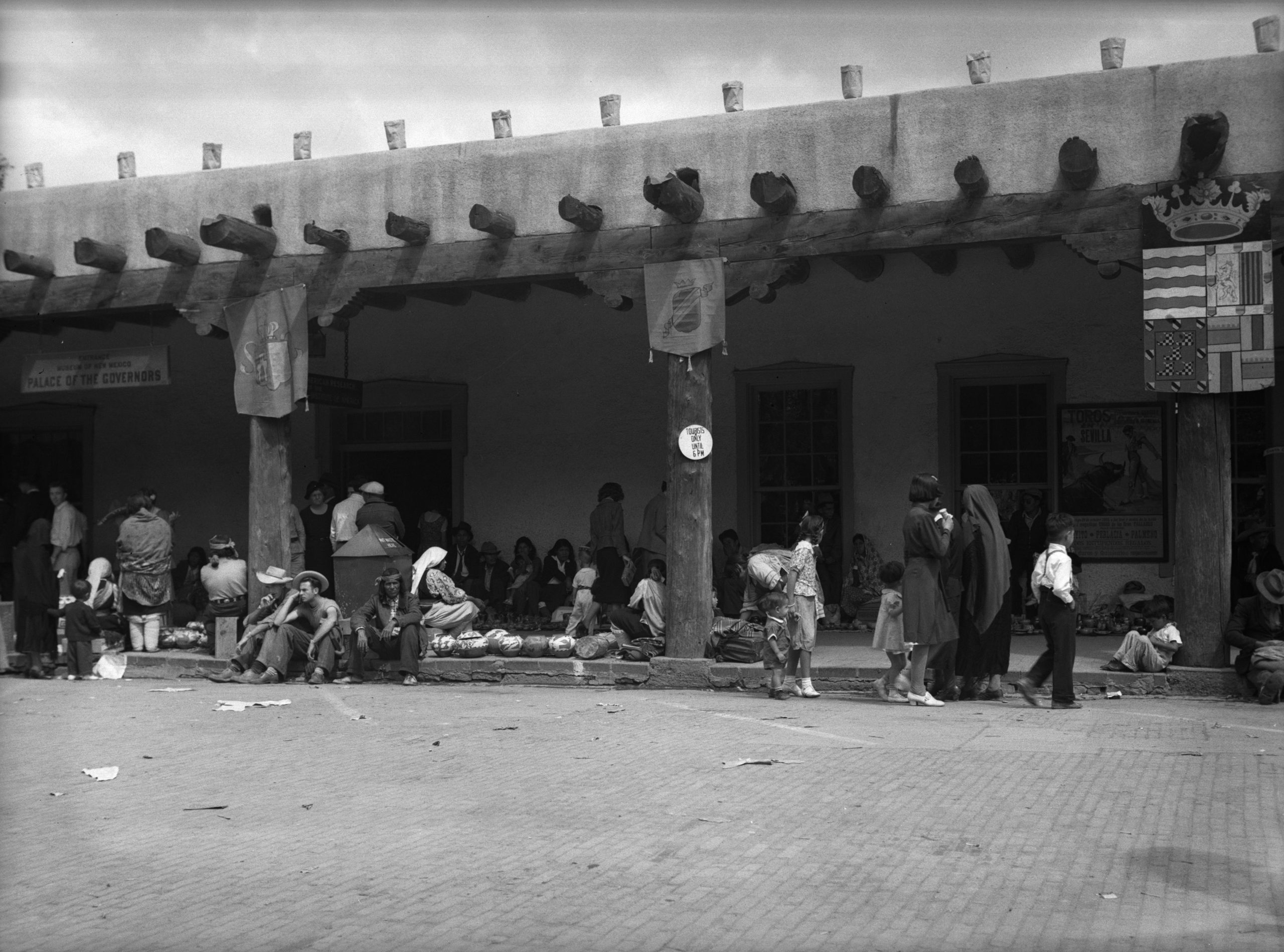

Native Artisans and Tribal Designations
Presently, there are 574 federally recognized Native American Nations in the United States known as tribes, nations, bands, pueblos, and communities. Additionally, there are Native groups that are not recognized by the federal government but are recognized by the states in which they reside. Native Americans, also known as American Indians, are the original Indigenous peoples of North America and have been recognized as sovereign since their first encounters with European settlers. Self-government is essential for tribal communities as they aim to continue to protect their unique cultures and identities.
Native American Nations are known by many different names, including names that they call themselves and or the names they were called by European settlers. For instance, the word Navajo originated by Spanish settlers however, many Navajos use the word Diné from their language to refer to themselves. Native artists may choose either Diné or Navajo when stating their tribal designation.
Some tribes have changed their legal names to reflect the names used in their own languages such as Kewa Pueblo, formerly known as Santo Domingo, and Ohkay Ohwingeh, formerly known as San Juan Pueblo. Jemez Pueblo has not changed its legal name, although some of its members self-identify as Walatowa.
Native Americans may also identify with larger ethnic, linguistic, or cultural groups. For example, in the Rio Grande valley of New Mexico, people may refer to themselves as Tewa- a linguistic group that includes the Pueblos of Nambe, Pojoaque, San Ildefonso, Ohkay Owingeh, Santa Clara, and Tesuque, as well as Hopi-Tewa.
Through forced relocation in the 19th century, many tribes were dispossessed from their homelands such as those tribes in the Southeast United States that were removed to reservations in Oklahoma. So, artists may clarify which group cultural group they belong to by a designation such as Northern Arapaho or Southern Cheyenne.
Typically, when an artist is affiliated with multiple tribes, the tribe they are enrolled with is listed first. Native artists carefully choose how to list their tribal affiliations, to reflect history, geography, culture, and other important aspects of their identities.